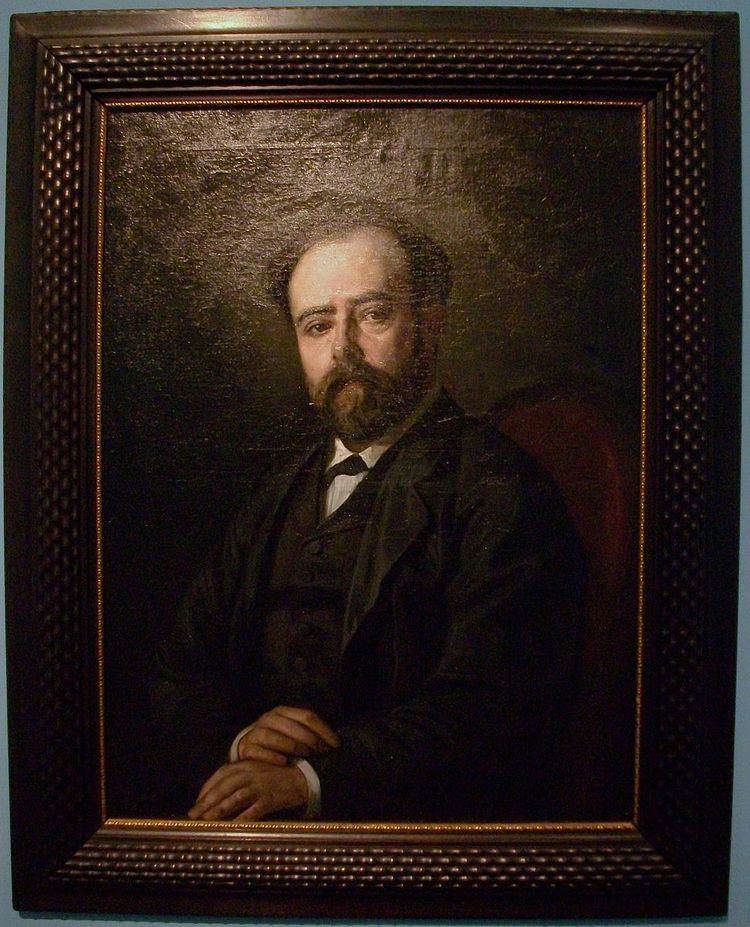 | ||
The Valencian regionalism is a cultural and political movement that advocates the recovery of the identity (language, history, traditions and other peculiarities) of the Land of Valencia. Politically, the regionalist are adherents of the administrative decentralisation of the Spanish state and, in some cases, of the recognition of the Valencian foral law and of the increase of the autogovern of the Valencian autonomy. Historically, it arose during the first years of the Restoration borbonical (last third of the 19th century).
Origins
Since 1808, the liberal sectors, of big influence into the Land of Valencia, sprode a discourse about the Spanish identity of marked nationalist character that broke with any previous conception, since the disappearance of the Kingdom of Valencia one hundred years before causes that the simbols of the Valencians were formed by a memory shared of uneven scope, a distinct language to the official and a common gentilic, the one of Valencian, that officially only would correspond to the inhabitants of the Province of Valencia from the territorial Division of Spain of 1833. It is in this context that would be born the conception of the Valencian identity in his basic shots that today still stay as the basic and central axes of the Valencian identity.
The Valencian regionalism is born from the Renaixença. The Valencian movement characterised for the predominance of a conservative ideology, regional, folklorical, but also catalanophile, values all represented by the figure of Teodor Llorente, the exponent of greater literary quality of the moment and leader of the movement renaixentista, who understood the valencianity from a regional regard, subject to the idea of Spanish Nation. If well it is from the Renaixença that begins the process of symbolic building of the Valencian identity, this would fix out between 1878 (with the foundation of Lo Rat Penat) and the Valencian Regional Exhibition of 1909, moment in which the Valencian regionalism consolidates, and his imaginary is spreed between very wide social groups.
It is with the entry into the 20th century that the Valencian regionalism starts its polliticisation, with the apparition of groups like the Joventut Valencianista (Valencianist Youth) and other collectives of youngsters that would take to Teodor Llorente and Lo Rat Penat as an early reference, and that at the same time, would be well seen among the conservative litterates, that even would reach to take part of the political movement being born.
